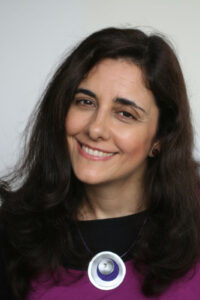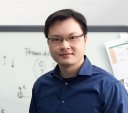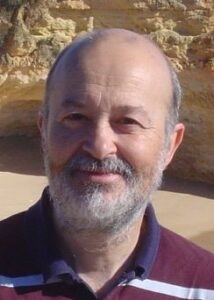
Valeria Ferrari
Departamento de Física de la Materia Condensada, Comisión Nacional de Energía Atómica (CNEA). Consejo Nacional de Investigaciones Científicas y Técnicas (CONICET). Instituto de Nanociencia y Nanotecnologia (CNEA-CONICET)
Radiation Effects at Oxide-Water Interfaces: Current Insights and Future steps
When: 12:00-13:00 CET, October 31th (Thursday), 2024
Where: Seminar Room (182), ICMM-CSIC, Campus de Cantoblanco, Madrid
The interaction between ionizing radiation and oxide-water interfaces is a key topic in material science research in the quest for materials with technological applications, such as nuclear waste management, metal corrosion in aqueous environments, and biological systems exposed to radiation. This talk will explore atomic-level processes occurring at these interfaces, with particular emphasis on hydrogen generation in oxides such as zirconia and copper oxide, both of which are used in nuclear facilities.
The current challenges in understanding the mechanisms behind these processes through electronic structure methodologies will be discussed, including density functional theory (DFT) and many-body perturbation theory (MBPT) approaches, such as the GW approximation and the Bethe-Salpeter equation (BSE). Our preliminary results in these materials, focusing on excitonic properties and radiation-induced processes, will also be presented.
This work is part of the Horizon project titled “Materials Radiation: From Basics to Applications” (MAMBA), which aims to deepen the understanding of material responses to irradiation and apply this knowledge to tailor and control the properties of materials exposed—either intentionally or unintentionally—to intense radiation environments. Finally, the talk will outline the future steps in this research, including modeling different oxide facets, analyzing excitonic wave functions, and using machine learning to describe the corresponding oxide-water interfaces.

